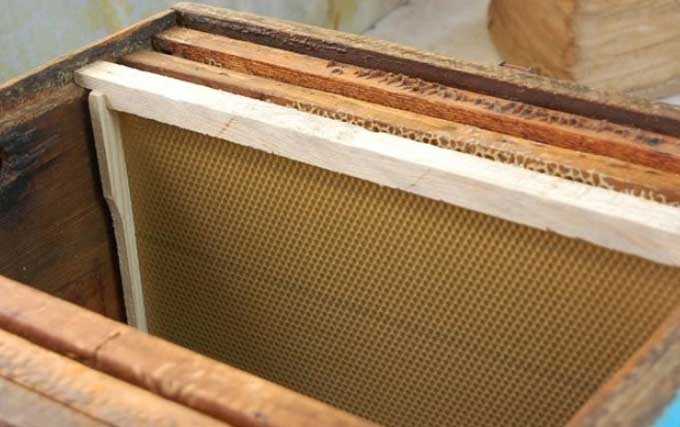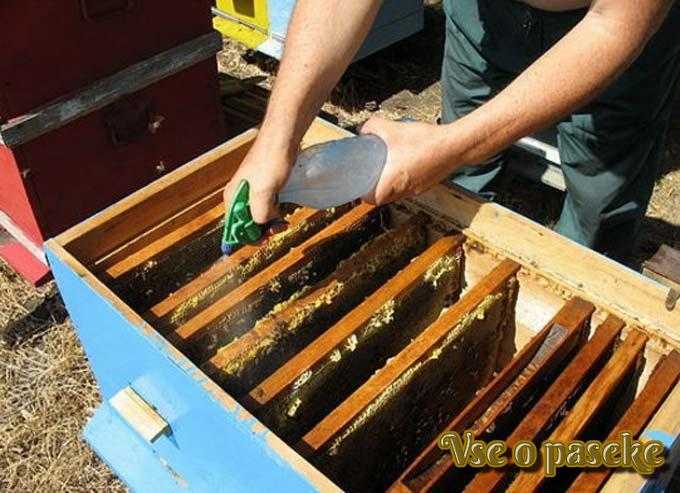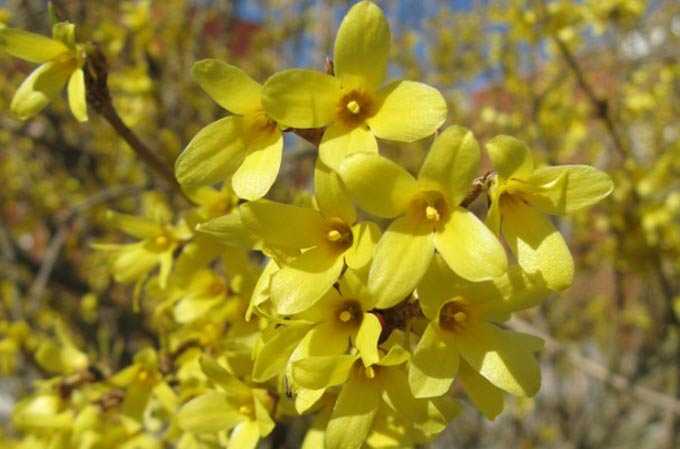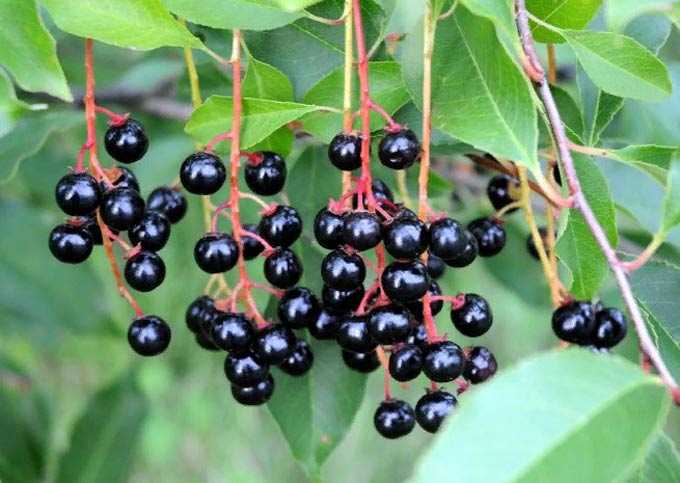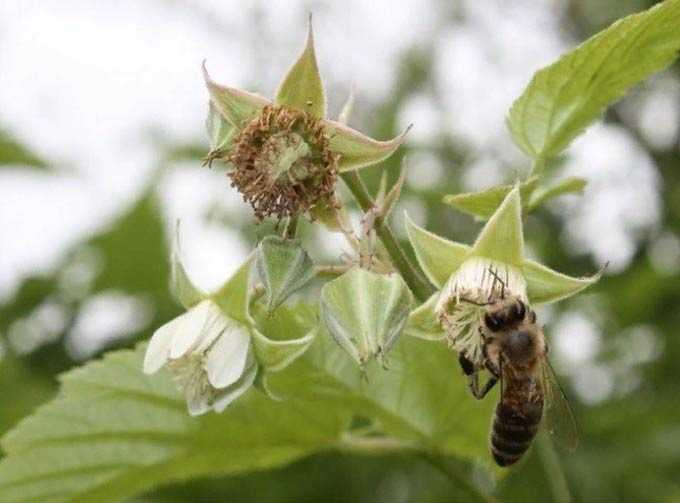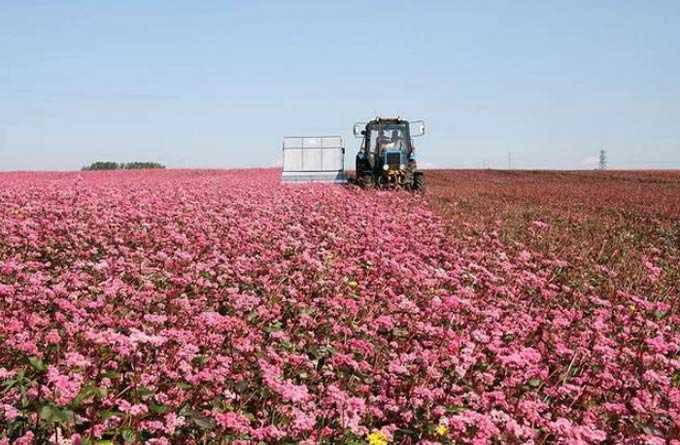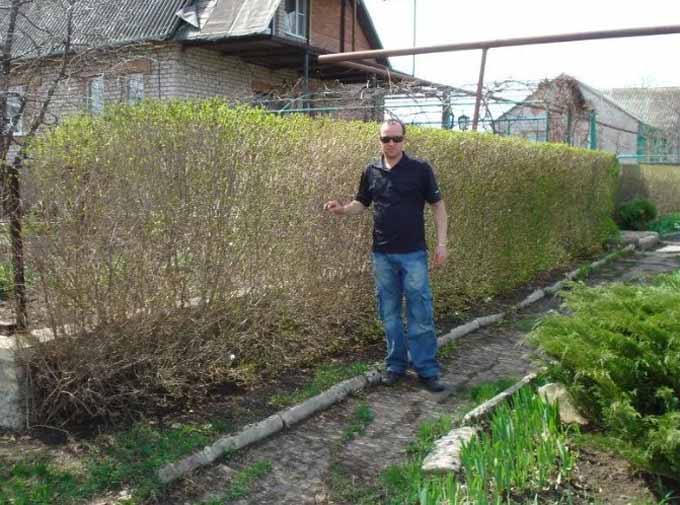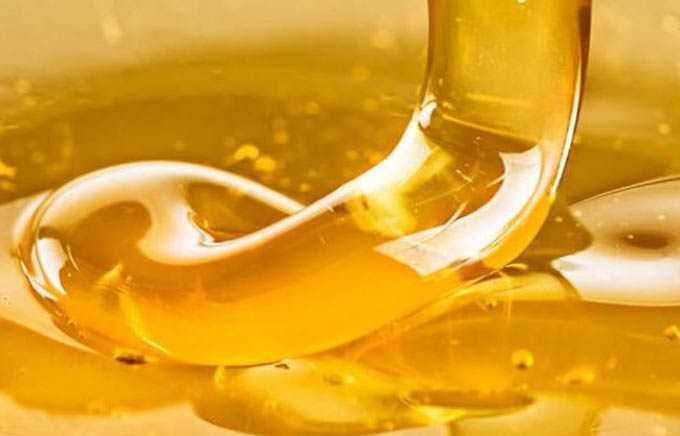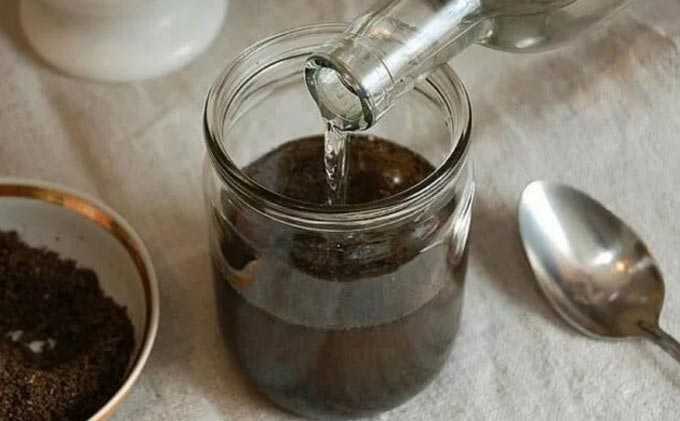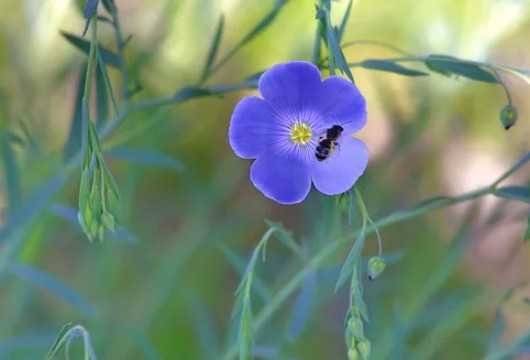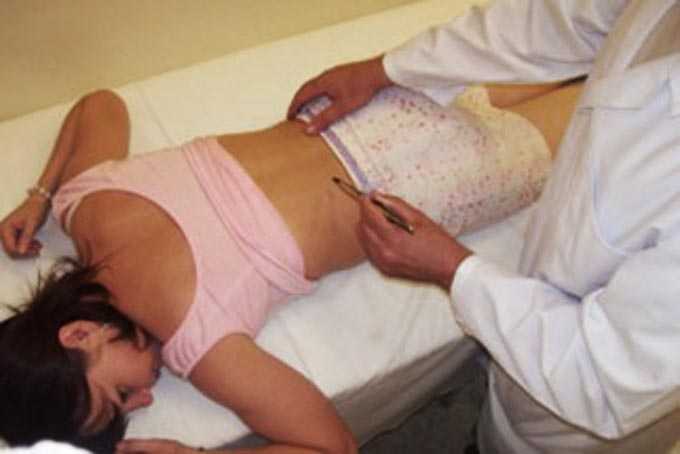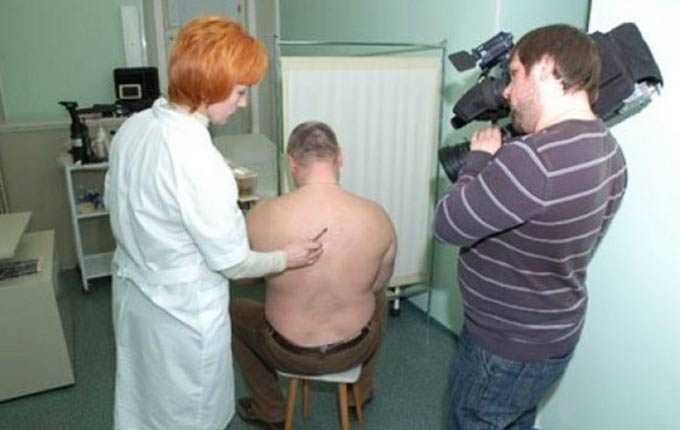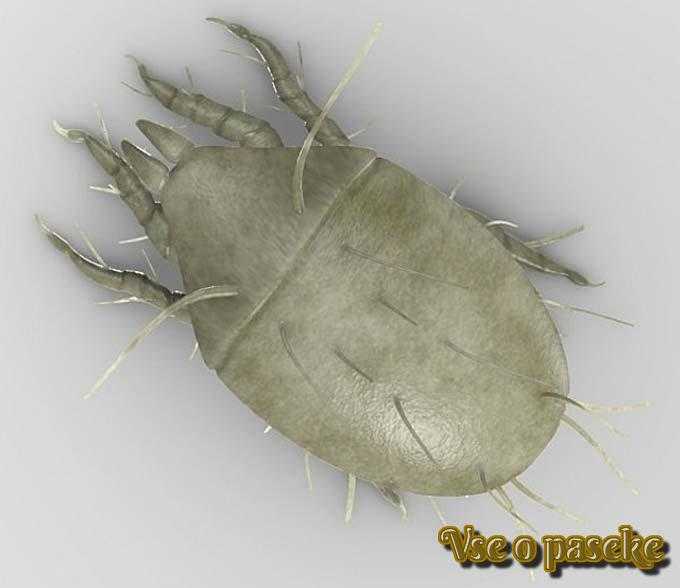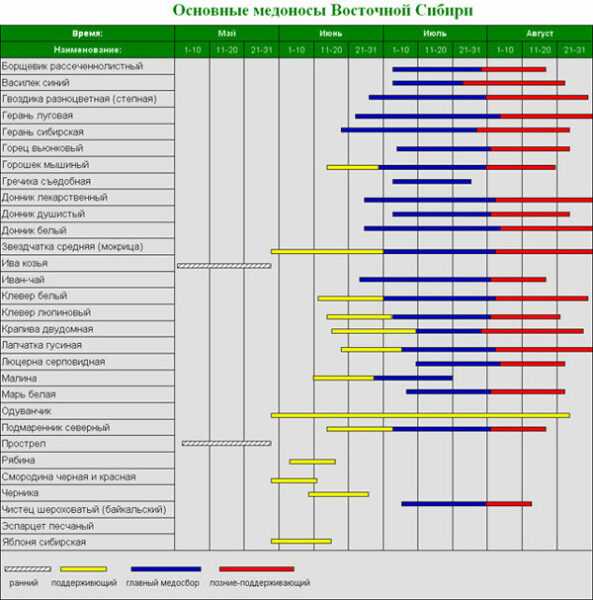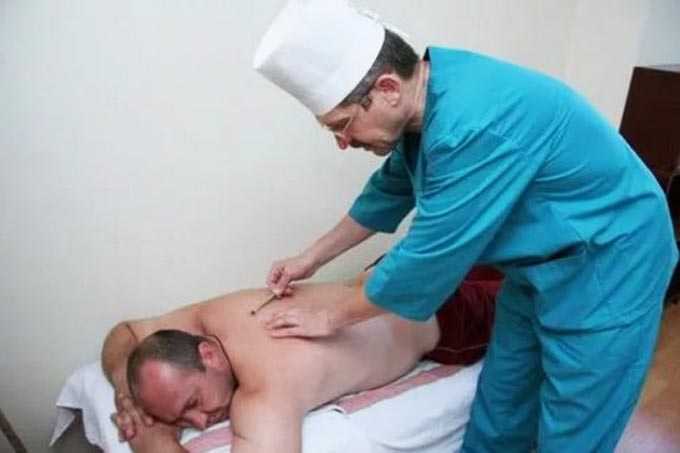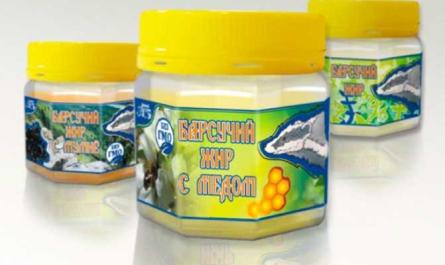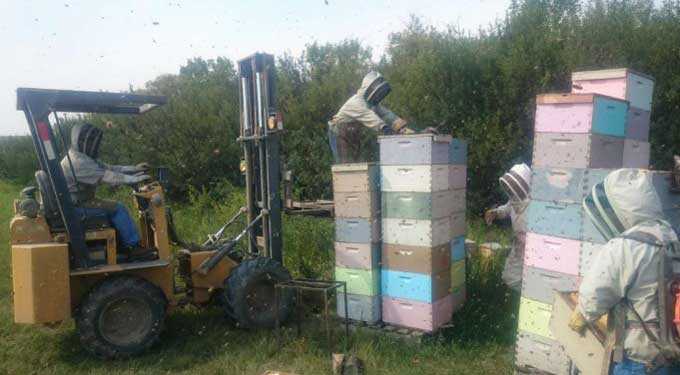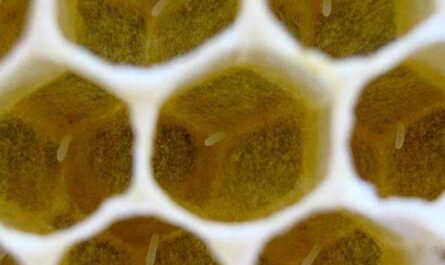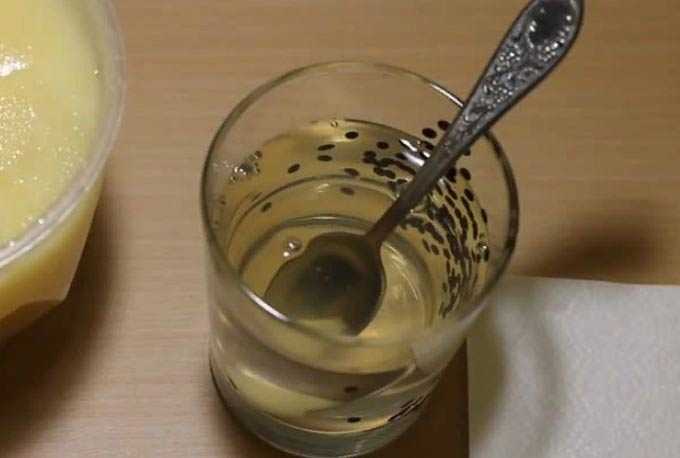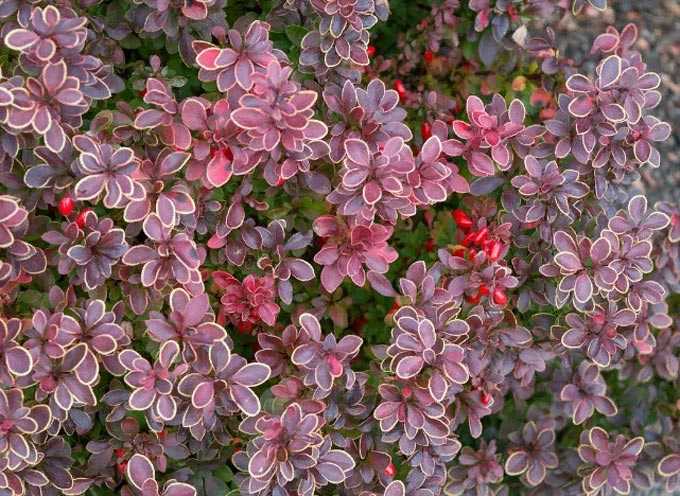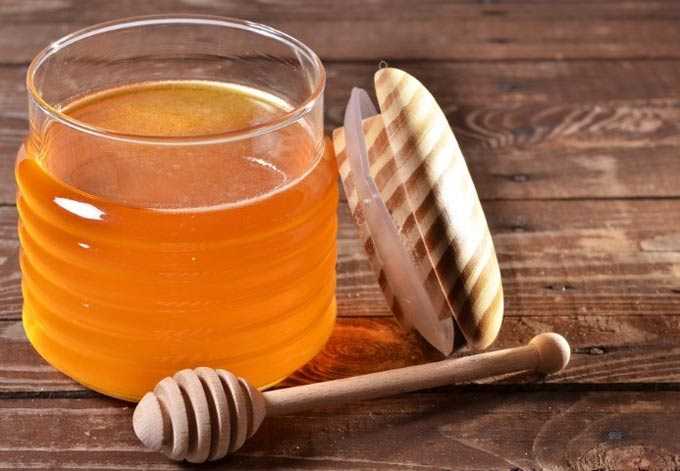At the end of winter, every beekeeper may have a situation when the bees have not yet carried out a cleansing flight, the temperature outside is freezing, and the families need additional feeding for a number of reasons.
In this case, it is necessary to prepare a kandy for the bees.
The content of the article
- 1 Why choose Kandy
- 2 Proportions
- 3 Cooking Rules
- 4 How to cook and give to bees
- 5 Sugar Candy
Why choose Kandy
Sugar syrup should not be given to bee colonies yet, so as not to provoke a premature departure from the hive and subsequent death.
Read: Sugar syrup for bees
Stocks of old feed may not be in the required quantity or quality (for example, due to crystallization).
Read: Feeding bee colonies with old honey
And many experienced beekeepers prefer to prophylactically feed their honey workers in late January-early February, believing that it is better to give an extra kilogram of food in winter than to shake out the dead family later in the spring.
Proportions
The most common option for a beekeeper in a situation like this is to cook the kandy yourself. It does not take much time, does not require any feeders or other additional equipment, does not pose any danger to the survival of families.
Different beekeepers have different opinions on how to cook it (mainly according to recipes and proportions). The controversy is about adding water, acetic acid, and so on.
The most common proportions of kandy for bees at home are add four parts of icing sugar to one part of honey (1: 4).
Cooking Rules
Powdered sugar is required to be absolutely uniform, without lumps or remaining saccharin. For this, it is sieved through a fine sieve. If this rule is not followed, the feeding quickly crystallizes and becomes unusable for bees.
Honey must be liquid… In case of crystallization, it must be melted in a water bath.
How to cook and give to bees
Procedure:
- Warm honey is poured into a non-oxidizing dish.
- Then the required amount of powder is poured.
- The components are continuously mixed until a homogeneous mass is obtained, similar to ordinary dough.
- If necessary, add pure water, but not more than 1% of the total mass.
- Some additionally knead the resulting mass by unloading it on the table.
Candy readiness sign – a small piece of dough, when laid out on a flat surface, should not spread, but retain its shape.
If necessary, the treatment or prevention of nosematosis, you can add the necessary drugs to the candy, for example, nosemate or nosemacid.
Read: Treatment of nosematosis in bees
How to give:
- After that, the top dressing is divided into cakes weighing about a kilogram, and in this form is placed on the frames directly above the bee club.
- The top of the cake can be covered with plastic wrap to avoid drying of the top dressing.
Some people immediately pack the cakes in plastic bags, make holes in them with a diameter of a match head and, in this form, place them in the hives with the holes down.
Sugar Candy
In the absence of honey for the preparation of pasty top dressing, beekeepers practice feeding the bees with sugar candy.
Here the role of honey is played by boiled sugar syrup of thick concentration. Powder is also poured into it, and then the preparation proceeds in approximately the same way as in the first version.
I will say right away that I personally treat this method with great caution precisely because of the boiling of the syrup, since this will most likely cause the crystallization of the top dressing. We have never used it in our apiary. Familiar beekeepers also do not have successful experience of use. I think that it is better not to skimp and find an opportunity to purchase high-quality last year’s honey for making ordinary honey kandy.


